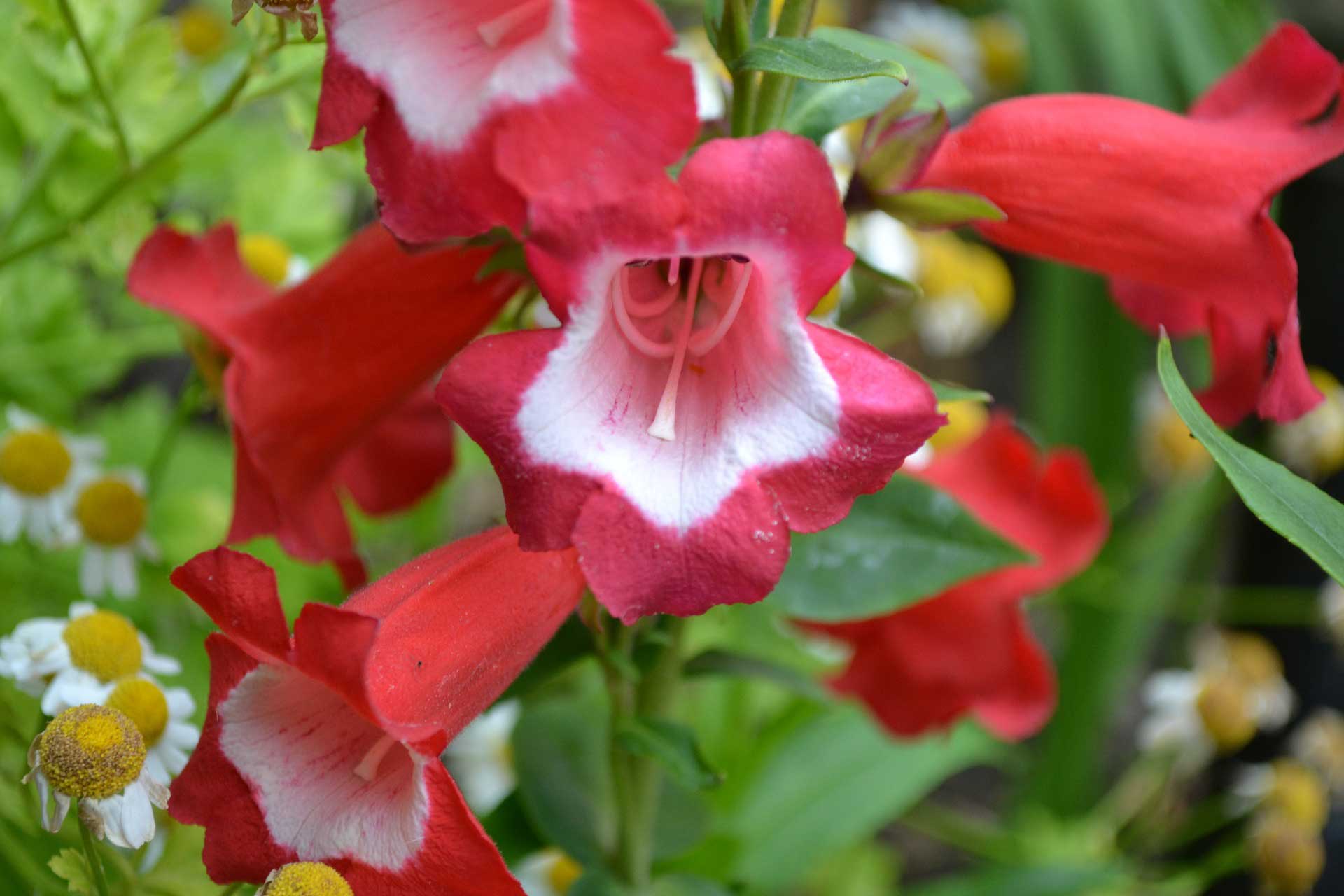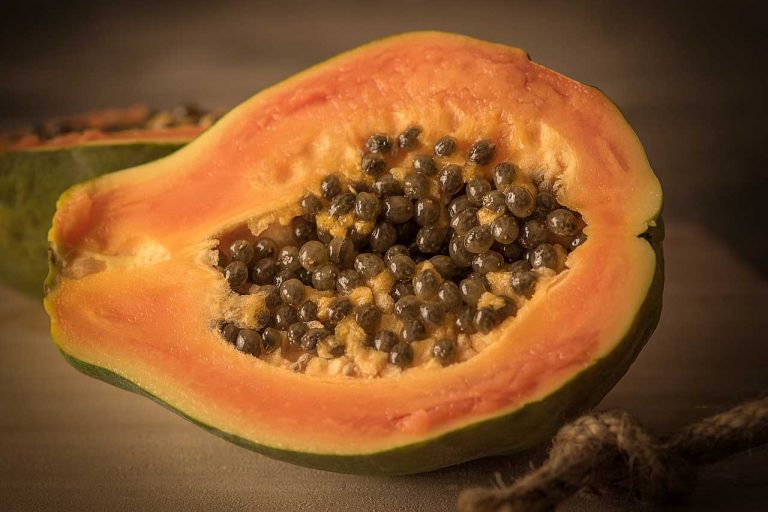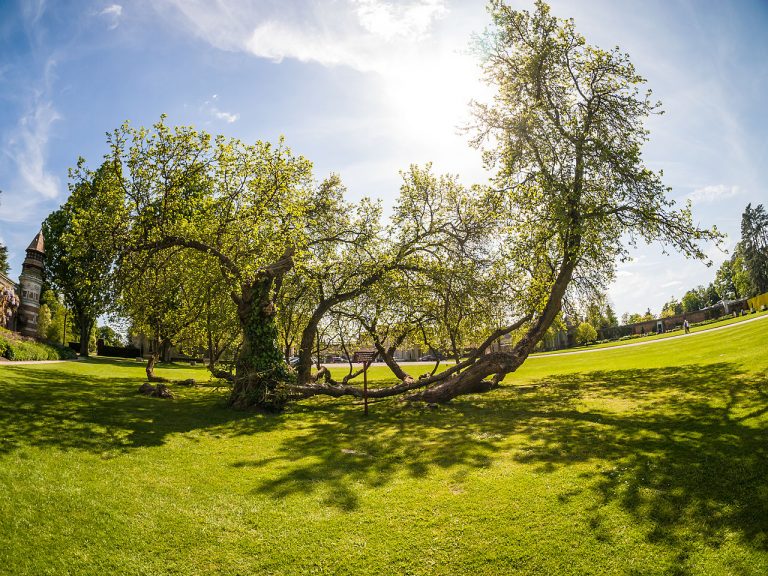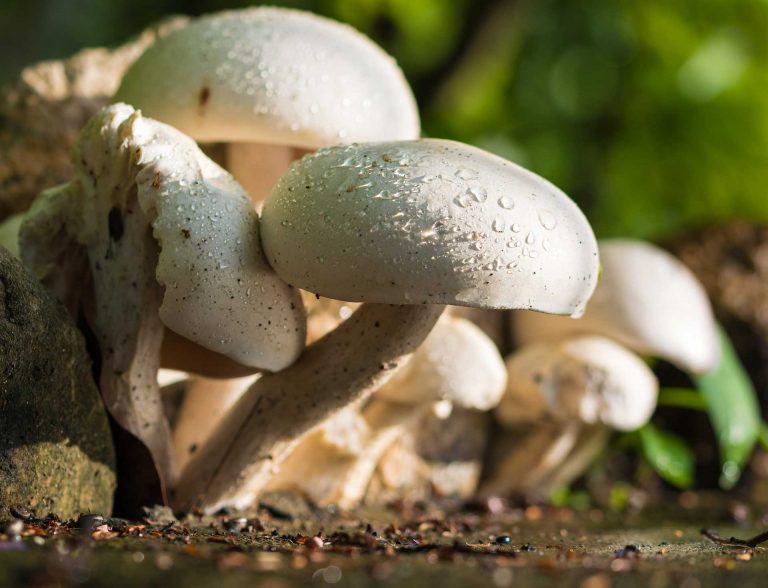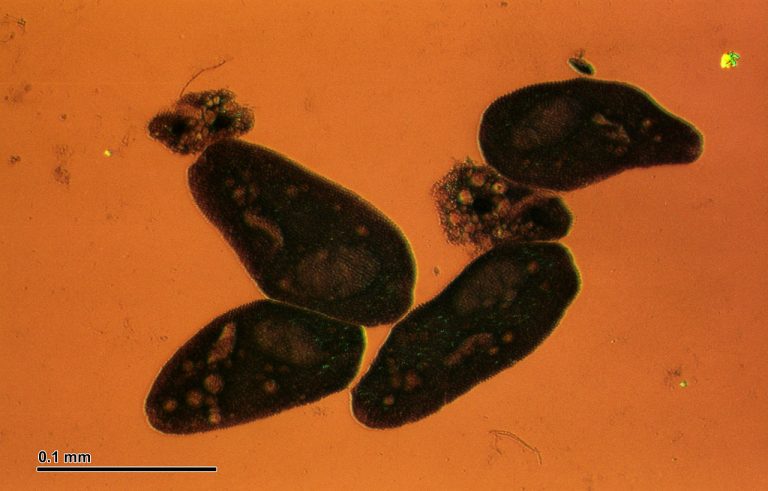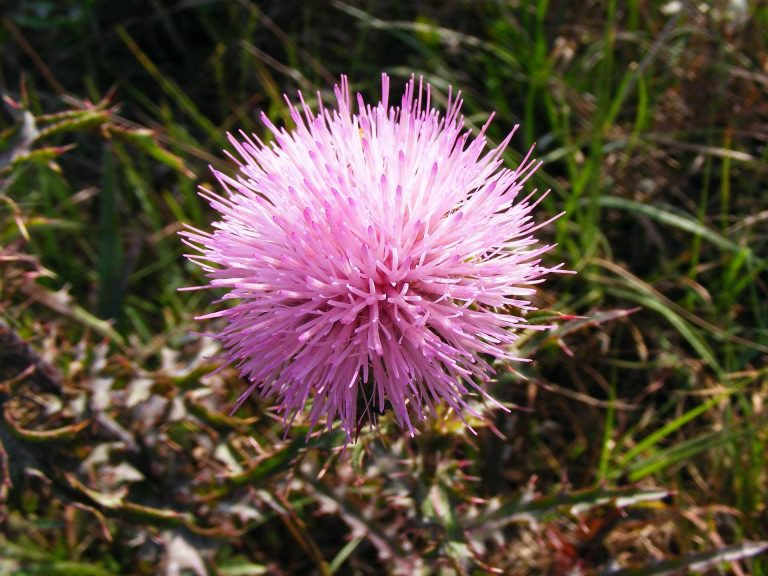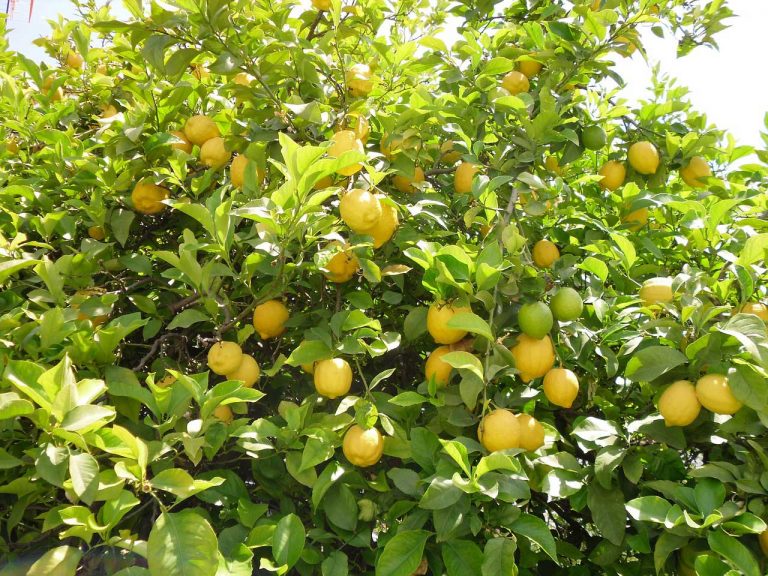Penstemon Flowers – Partly Evergreen Perennials or Deciduous
Scientific Classification
| Kingdom: | Plantae |
| (unranked): | Angiosperms |
| (unranked): | Eudicots |
| (unranked): | Asterids |
| Order: | Lamiales |
| Family: | Plantaginaceae |
| Genus: | Penstemon |
Penstemon flower or the beardtongue, is big variety of Eastern Asian and North American flowering plants previously belonging to the Scrophulariaceae group (Cronquist system). A detailed genetic study has now placed the Penstemon among the immensely extended group Plantaginaceae. Even though they are widely spread throughout North America and seen in both the moist forests, the barren regions, as well the alpine zones, they are not found easily.
Anatomy
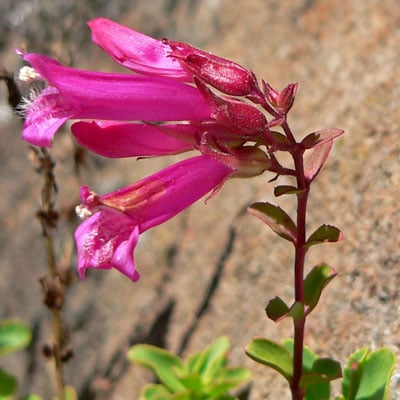
Photo by: Stan Shebs
Their foliage is diametrically opposite to each other, shaped partially like a tube. The seeds are in capsules and the blossoms are twin-lipped. The peculiar characteristic of this variety is the conspicuous staminode, a sterile stamen. The staminode takes a variety of shapes in different species but basically, they are an elongated filament protruding into the opening of the corolla. Certain types of penstemon flowers are fully hairy and longer giving the impression of an open mouth with a protruding hairy tongue jutting outwards, giving it the name “beardtongue.”
Most of the Penstemons are partly-evergreen perennials or deciduous. The rest is sub-shrubs or shrubs. They grow to a height of 10 cm and even up to 3 meters.
How to Cultivate Domestically
Preparation for Planting
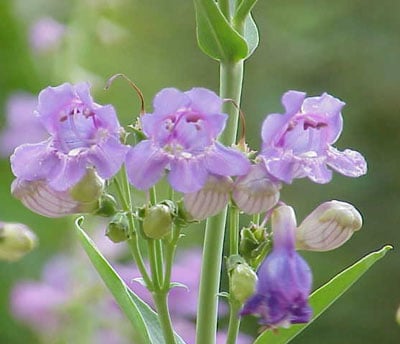
Photo by: Kurt Stüber
Penstemons require low maintenance cost and little effort to grow. The apt location for growing Penstemons is bright sun with properly drained soil. In order to prevent the soil from getting waterlogged. You would do well to grow your Penstemons on inclined landscape or elevated beds. Penstemon plants tolerate dryness, since they opt for dry and well drained conditions of the soil. If your soil is not but sand based you must modify it when growing perennial Penstemon.
Planting
Plant your Penstemon during the spring. While planting, separate the plants according to their type and keep a distance of 1 to 3 feet between the plants. Never allow for crowding the plants. Till your soil and loosen it up to a depth of 12 to 15 inches using a tiller or garden fork and then add compost to a thickness of 2 to 4 inches. Make a hole of diameter twice that of the pot the plant is in, transplant the plant from the container and place it in the hole with care, so that the root ball is level with the surface of the soil. Cautiously fill soil around the root ball and gently firm it down. In the garden, choose a soil that drains quickly for planting your Penstemons.
- Supplement the planting hole thoroughly with organic fertilizers and water.
- Use a hand cultivator (a tool that appears like a claw) and separate the roots at the base.
- Plant your Penstemon in your rock garden or on the perimeter of your garden.
- In case you reside in zone 6 or 7 plant your Penstemon near a sunny wall for protecting them.
- Every spring, apply a little organic fertilizer to the base of your plant.
Placement and Watering
Keep the pots outside in your garden away from direct sunlight. Water your plants every week at the start of summer, particularly if you have located your plants in a dry or extremely hot area. Avoid excess watering since Penstemons can tolerate drought once they settle.
Flowering Period
Bloom Time: based on the species the plant blooms in late summer or late spring.
After-Bloom Care
Once blooming is over, snip each stem immediately near a pair of leaves that are on the verge of sprouting. You have chances for obtaining fresh blossoms in early or late summer.
As Cut Flowers
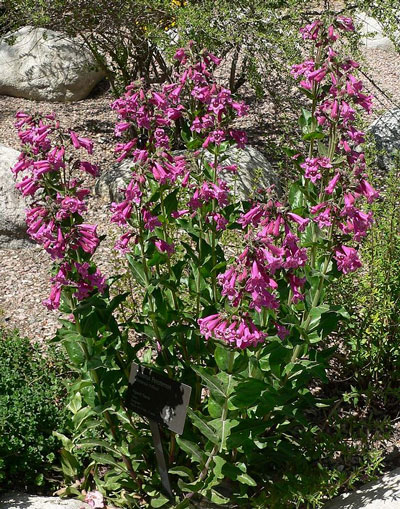
Photo by: Stan Shebs
Many consider Penstemons as plants made for pleasure as a genus of a plant that forms a part of the natural ecological system or as a decoration in your home landscape. However, even though they are not the ideal cut flowers, many enthusiasts do often use the penstemon flowers for their cut flower requirements.

Having discovered a fondness for insects while pursuing her degree in Biology, Randi Jones was quite bugged to know that people usually dismissed these little creatures as “creepy-crawlies”.

